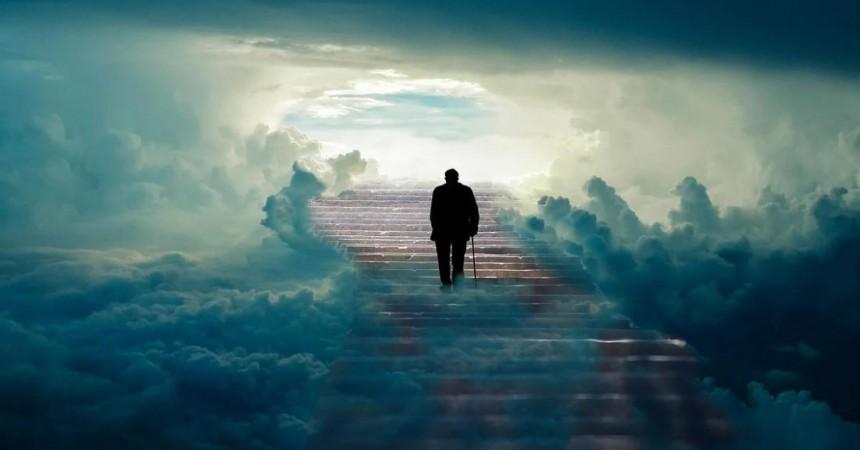The phenomenon of death continues to be the biggest mystery humans have ever encountered. Even though the scientific community considers death as the end of human life, spiritualists strongly argue that human beings will continue their journey in a different realm after taking their last breath.
Turning up the heat to this seemingly unbelievable theory, a man named Harry has shared a near-death experience (NDE) testimonial where he claimed to have seen his parents, grandparents, and friends.

NDE due to pulmonary embolus
Harry reached the verge of death due to a pulmonary embolus. In a recent testimonial shared on the Near-Death Experience Research Foundation (NDERF), Harry shared his journey after reaching the mouth of death for some moments.
"The bits of light closest to me were my parents, grand-parent, the family who all passed before - and connected to them farther away were close friends, and connected to them were people who had influenced me and whom I had influenced (student, acquaintances, etc) - and the people whom they had interacted with, but unknown to me, but connected to me by my interaction with everyone I had known and met in my life and had gone on before. All of those bits of life were relating how my life and actions had affected theirs," wrote Harry on the NDERF website.
In a questionnaire answered, Harry, revealed that he could not completely express the experience he faced during those dying moments. He also made it clear that he felt more alert during the afterlife journey.
"If I could express it, it wouldn't be difficult. Human language, our puny little brains, lack the ability. We are all just stupid humans in this respect," added Harry.
Is afterlife real?
The testimonial shared by Harry has now gone viral on online spaces, and netizens have started claiming that afterlife is real. However, medical experts quickly dismissed these claims, and they made it clear that there is no life after death.
According to these medical experts, the human brain will face a shortage in oxygen supply during life-threatening events. During these times, the brain will adopt a survival trick, and it is resulting in these visual hallucinations.














